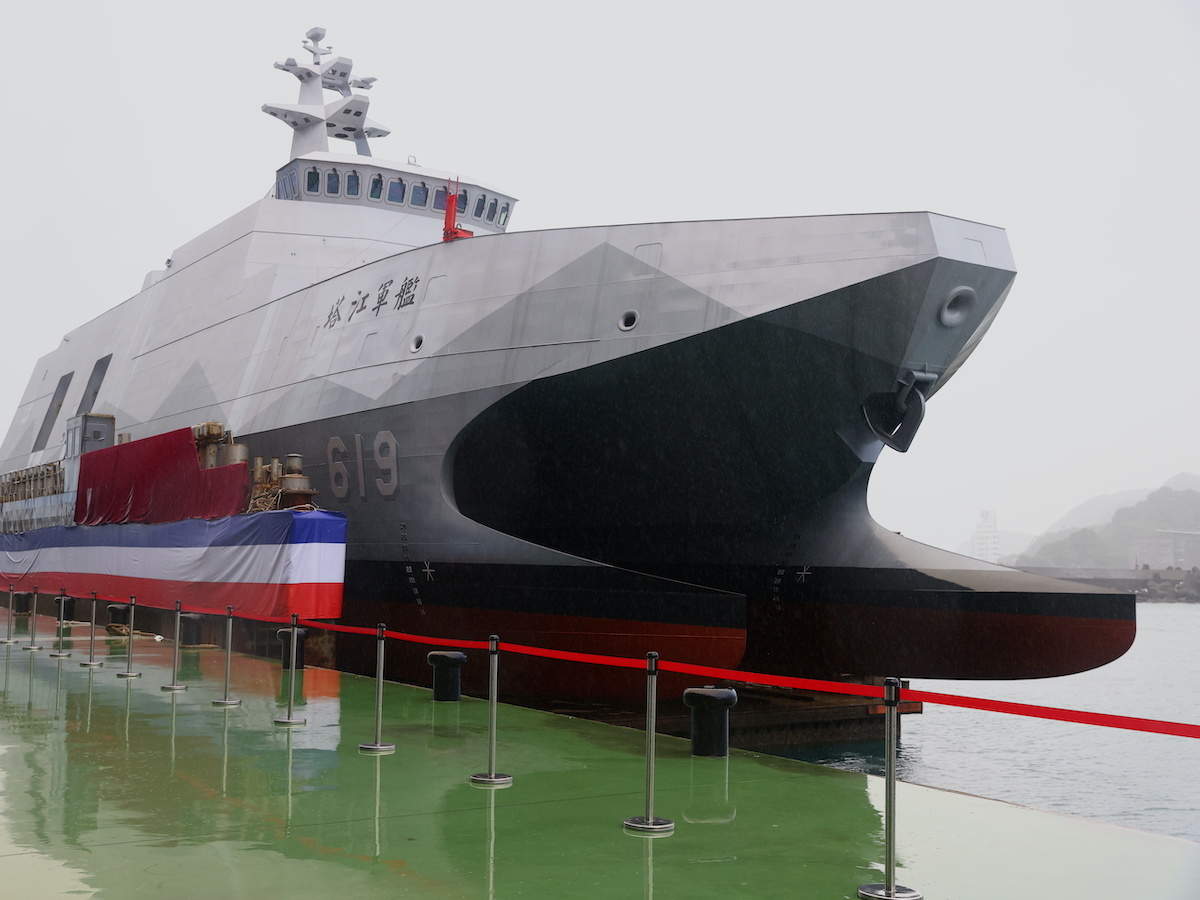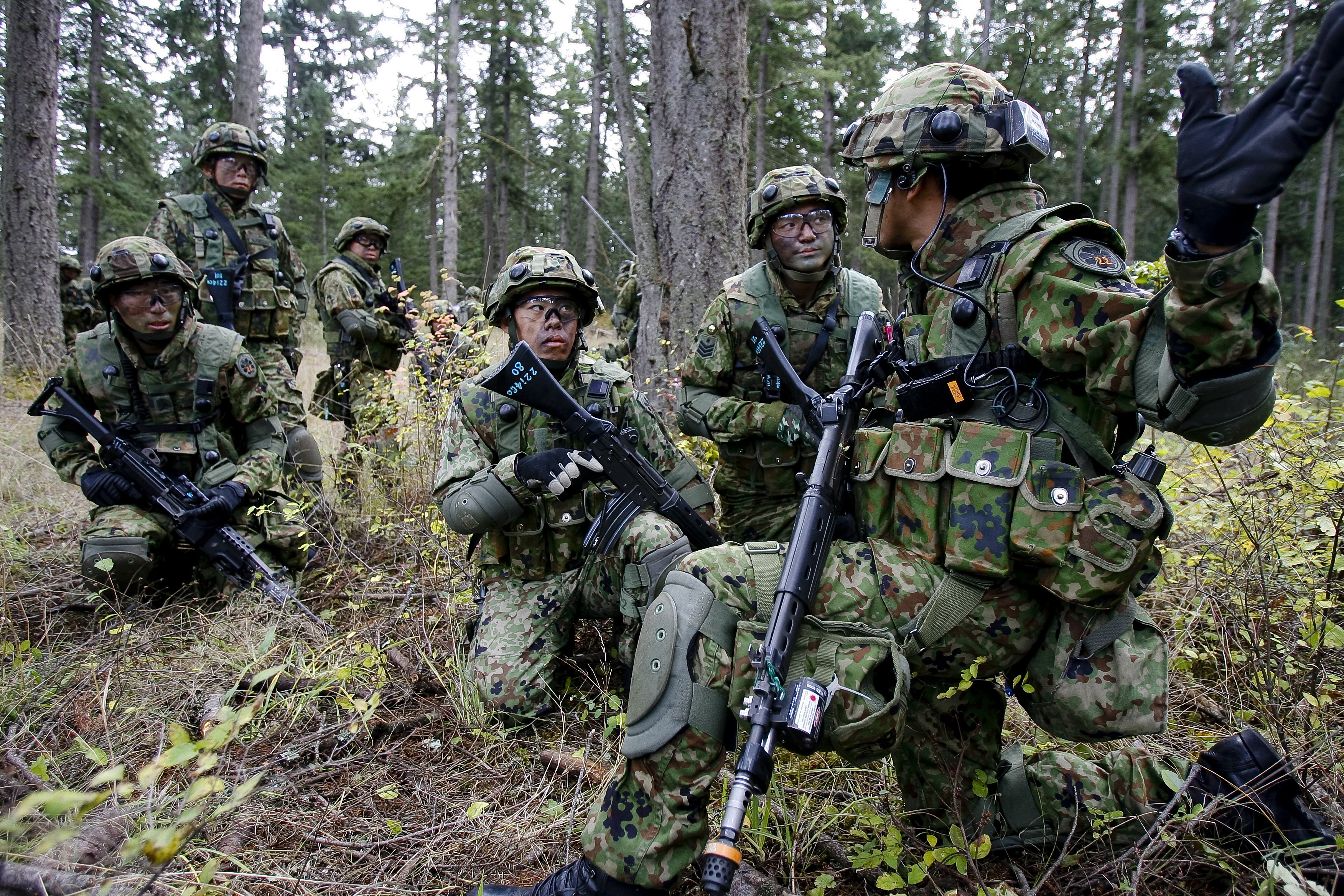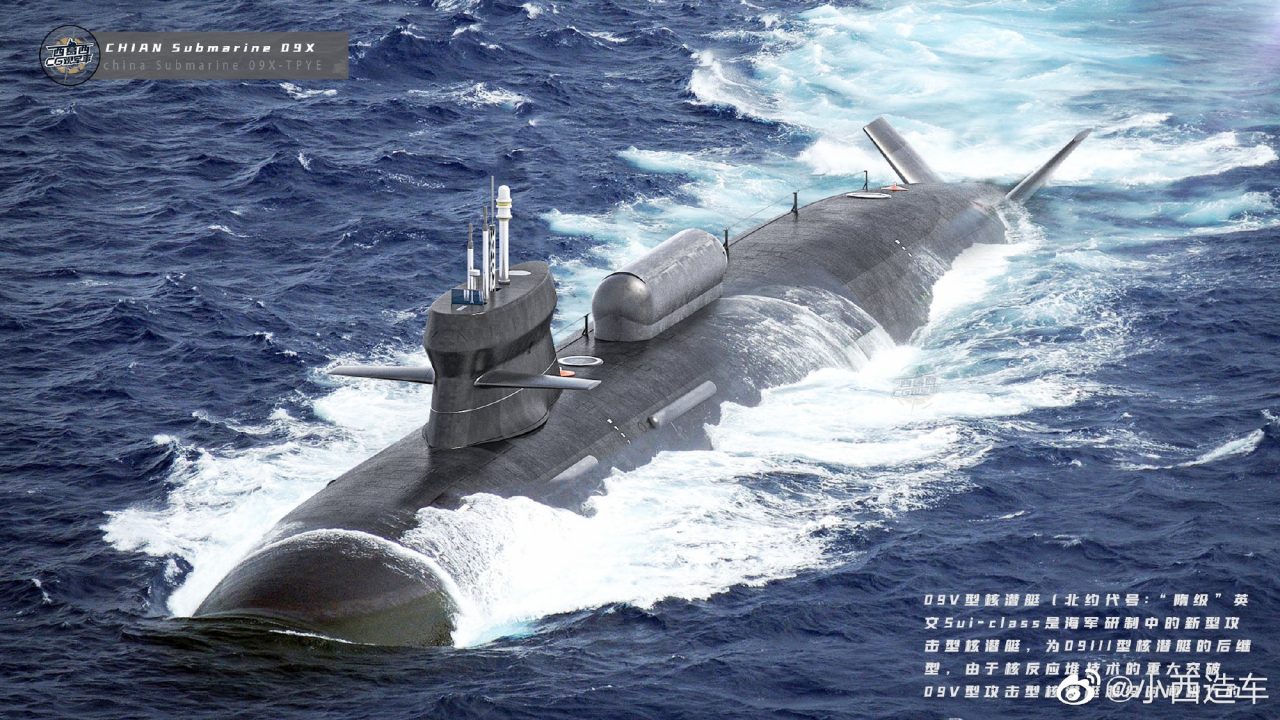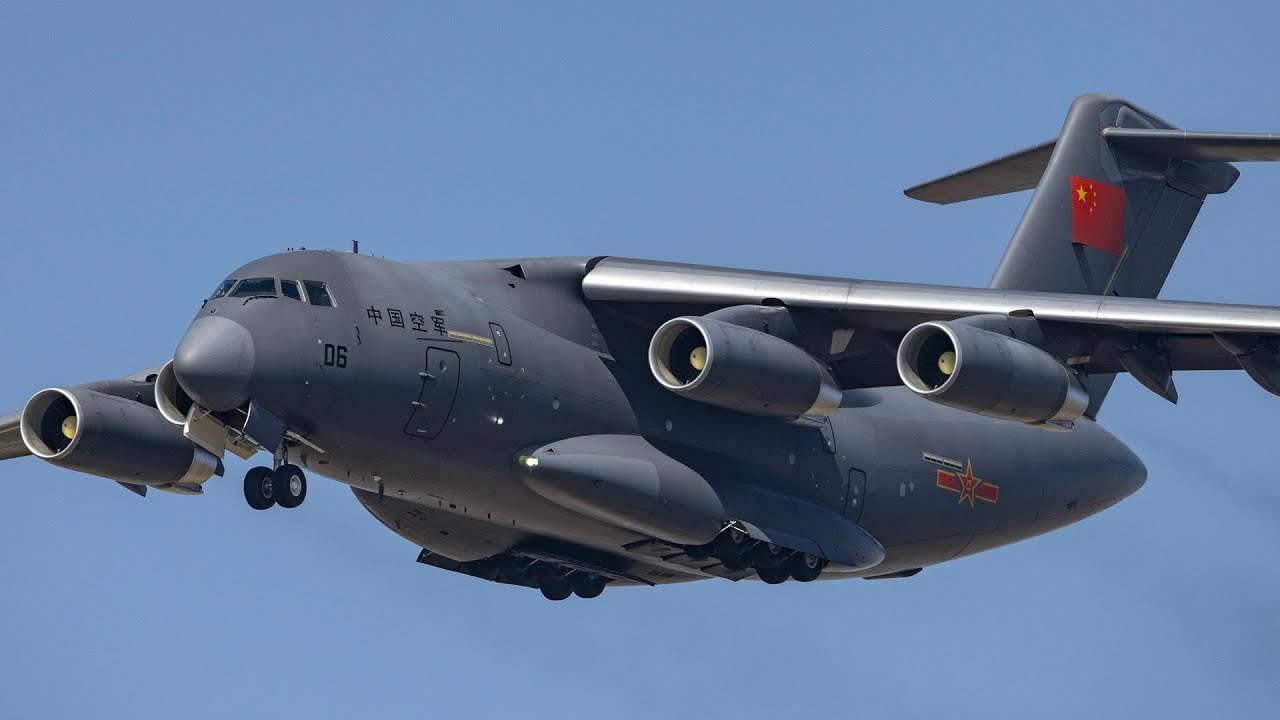Amid continued Chinese belligerence and reunification threats to Taiwan, US and Japan could stock weapons in each other’s defense facilities, including islands near Taiwan.
Joint use of facilities not only includes stockpiling weapons but also the shared use of runways, Nikkei Asian Review reported. US and Japan plan to have a stockpile of munitions that can be rapidly deployed in the Taiwan Strait and nearby areas.
Precision-guided missiles will likely play a critical role in a Taiwan Strait conflict. Currently, the three types of missiles that could be in short supply in the near future include the Joint Air-to-Surface Strike Missile, Long Range Anti-Ship Missile, and the Advanced Anti-Radiation Guided Missile, Nikkei reported.
Taiwan Looks To Thwart Chinese Offensive
Taiwan has decided to spend more to augment its defense capabilities against growing military threats from China. Lawmakers of the self-governing island, whose very survival is at stake, unanimously agreed to pass a special budget valued at $8.6 billion. This came on top of a record annual defense budget worth approximately $17 billion set for 2022.
Taipei said that the additional funds will be utilized for acquiring precision missiles and mass-manufacturing high-efficiency naval ships “in the shortest period of time” to enhance the autonomous island’s sea and air capabilities.

In addition to these, the budget also accommodates a coastal anti-ship missiles system, an indigenously locally developed Wan Chien (Ten Thousand Swords) cruise missile along with an attack drone system, and the installation of combat systems on ships belonging to the coast guard.
Japan, US Hiked Defense Spending
Late last year, Japan announced a record-breaking increase in defense spending citing threats from China, North Korea, and Russia.
The US has also been pointing towards Beijing’s growing assertions in the Indo-Pacific, and its weapons research and development program, as one of the primary factors causing an increase in its military budget.
The EurAsian Times had earlier reported that the Japanese government was planning to increase the island nation’s five-year defense spending to 30 trillion yen in a plan that is to be announced soon. This will be a component of the government’s Mid-Term Defense Program.
An amount of 5.4 trillion yen was allocated in the fiscal year 2022 budget plan, in addition to the 770-billion-yen allotment that was included in the supplementary budget plan of 2021.

According to the midterm plan, the government is moving to provide an approximation for the total budget for five years by summing up the price of defense equipment. The current plan, set for the fiscal years of 2019-2023, has set a total budget of about 27.5 trillion yen.
The next plan will be revised ahead of schedule. There is a possibility that the budget will be increased by close to 3 trillion yen.
The additional money pushed into defense spending will primarily be used to acquire new equipment, deploy troops to the southwest islands near China and Taiwan, where Beijing is trying to increase its influence. Japan is also wary of the threat posed by North Korea’s hypersonic weapons program and Russian designs in this geostrategically important region.
Besides Japan, the US also approved a $777.7 billion defense budget in December last year. This marked a five percent increase from 2020. The budget legislation was passed with an overwhelming majority with several US legislators citing countering China as a top priority in the defense budget.
Congresswoman Elaine Luria, a conservative Democrat, took to Twitter on December 7 to say that the legislation “makes critical investments in our national defense, and takes important steps to counter the threat of a rising China”.

Al Jazeera had reported that top Republican Senator Jim Inhofe, in April, had said, “The threat that the Chinese military poses is not a distant threat; it’s not something that might happen in 2030, 2035 or sometime in the future, warning against cuts to defense spending.”
In recent years, ties between Beijing and Washington have deteriorated due to several points of tension arising. This included the trade war during the Trump presidency and an ongoing US push against rising Chinese influence in the Indo-Pacific region.
For their part, the Chinese government has called out the US’ relations with Taiwan. It has rebuked Washington’s attempts to deepen alliances with its neighbors and is irked at the recent effort to supply Australia with nuclear-powered submarines.
Decoding Rising Global Defense Spending?
In April 2021, the Stockholm International Peace Research Institute (SIPRI) published its research data that showed that the total global military expenditure had risen to $1981 billion in 2020, a 2.6 percent increase in real terms from 2019.
SIPRI highlighted that the five biggest spenders in 2020 together accounted for 62 percent of the global military expenditure. These five nations, in decreasing order of their defense budgets, were the US, China, India, Russia, and the UK. Interestingly, military spending by China grew for the 26th consecutive year.
In 2020 US military expenditure reached an estimated $778 billion, representing an increase of 4.4 percent over the year previous to that. This was the third consecutive year of growth in US military spending, following a period of seven years of continuous reductions in the defense budget.
Alexandra Marksteiner, a researcher with SIPRI’s Arms and Military Expenditure Programme said that the recent increases in US military spending could be primarily attributed to the heavy investment that has gone into research and development, alongside multiple long-term projects such as the modernizing the US nuclear arsenal and large-scale arms procurement.
“This reflects growing concerns over perceived threats from strategic competitors such as China and Russia, as well as the Trump administration’s drive to bolster what it saw as a depleted US military,” she said.

The reason for the rise in the US’ expenditure can be linked with China being viewed as a rising threat. Those acquainted with the matter told the New York Times that US President Joe Biden’s aides are driven by concern that a new arms race is building up over hypersonic weapons, space arms, and cyberweapons.
There is a fear that an attack that can blind space satellites or command-and-control systems could quickly escalate to a previously unimaginable degree.
Another threat analysis is in terms of growing closeness between Beijing and Moscow. Last year, Vladimir Putin and Xi Jinping, respectively, oversaw an ambitious joint military exercise in China.
There were reports of collaborations in aviation, undersea, and hypersonic-weapons technology which, according to military analysts, signal towards a strengthening defense alignment.
While US officials were earlier skeptical of a unified threat from the two countries, those opinions seem to be changing a bit now. In fact, the Office of the Director of National Intelligence reported that China and Russia are now more aligned than they ever were at any time in the past 60 years.
China’s military expenditure, which is currently the second-highest in the world, is estimated to have touched $252 billion in 2020. This marks an increase of 1.9 percent over 2019 and 76 percent over the decade of 2011–20.

China’s streak of the rising military budget over the course of 26 consecutive years is the longest series of uninterrupted increases by any country in the SIPRI Military Expenditure Database.
This continuing growth in Chinese spending is in part attributed to the country’s long-term military modernization and expansion plans. This falls in line with Beijing’s stated ambition to catch up with other leading military powers in the world.
Another reason for the increased budget and souring relations, from China’s perspective, could be a combination of factors such as the sharpening US rhetoric against the dragon, rising tensions over Chinese defense agreements in the Middle East and Africa, and the AUKUS submarine deal. All these actions seem to have formalized a great-power competition with the US.
Of course, Beijing’s claims over Taiwan and the disputed South China Sea are also contention points. The power tussle among neighboring countries seems to have triggered an arms race in the region, making surrounding territories increasingly anxious about their military preparedness and security, thus leading to greater allocation of resources to the military.
- Contact the author at: shreyya.mundhra@gmail.com
- Follow EurAsian Times on Google News




